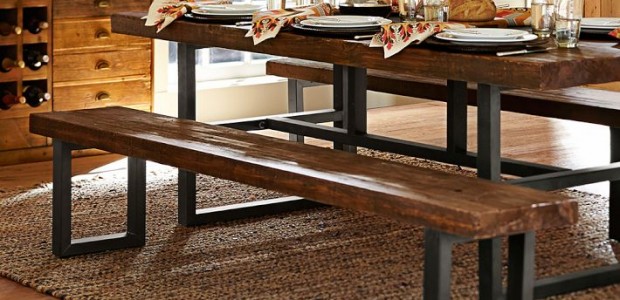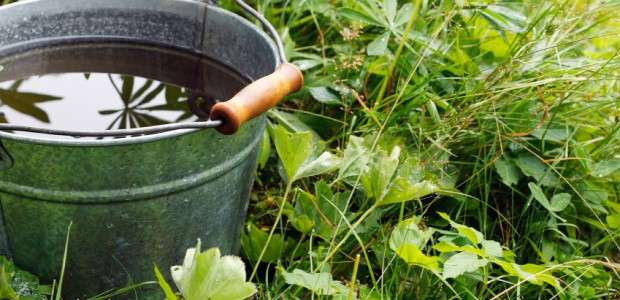You can expand blueprints, fingerprints, and footprints. Now let us focus on shrinking your carbon footprint. You want to help make the world a better place. Who knew that all you had to do was start from the inside of your home! So you purchased your Eco home, are doing your daily recycling, using less energy, and have to purchase some new furniture. If you do not know if the home furnishings you want to purchase are Eco-friendly or not, then here are some simple ways to go about getting that carbon footprint extremely low.
The first thing you want to do is look at our home. Ask yourself what necessary furniture you need. The top three that everyone needs are: sofa, mattress, and dining table. I of course need a bookshelf for all of my recycled books collection.
One great way to keep that carbon footprint low is to use hand-me down furniture from relatives. Keep it in the family. You are recycling in a way. Plus the piece of furniture becomes an heirloom for the family tree. See what I did there? “Upcycling” is one of my favorite things to do. I tend to visit vintage stores or antique shops to search for furniture pieces that need a little help fixing up. Make sure you use non-toxic materials when fixing old furniture or decor pieces. These items might even be a little bit cheaper in price than buying something new. Plus what is great about buying someone’s old furniture is that you keep it Eco-friendly and one-of-a-kind. Heading to old salvage yards is useful when looking to make furniture from scratch. Buying reclaimed wood to make tables, desks, bed frames, picture frames, shelves, and many other pieces of furniture for the home is so beneficial. It helps forests around the world to keep their beautiful trees.

My motto is: why buy new when I can reuse. Eco-friendly furniture for many people is bland, boring furniture. I see it as life prolonging furniture. Since they use recycled materials to make the sofas, bed, tables, etc, it keeps the plastic, and other toxic rubbish out of landfills from being burned off into our precious Eco-system. When purchasing furniture that is Eco-friendly keep in mind that you are also clearing your mind. You can feel great about helping the world, even if it was just by buying a tiny bookshelf made from reclaimed oak. I did at least, when I felt I finally started to contribute. Look for the FSC (Forest Stewardship Council) stamp on wood. This lets you know you are purchasing wood from a sustainable environment. You can even trace it back to see where it was harvested from. Bamboo is also a great alternative. Since bamboo grows at rapid pace, you do not have to worry about sustainability.
Look for organic materials when it comes to purchasing your bed sheets, sofa covers, pillows, etc. like cotton and wool. The Eco Shop at PotteryBarn.com has amazing Eco-friendly home furnishings. Stay away from these words when you are looking for cushions, sofa throws, blankets, etc.: stain-resistant, Teflon, artificial anything (especially leather), vinyl, and anything inflatable (yes, put the blow-up chair back).
All in all, going the green route might mean you have to spend a little more green than usual, but helping prolong Earth’s life is priceless. A happy Eco-friendly furnished home is priceless too.

